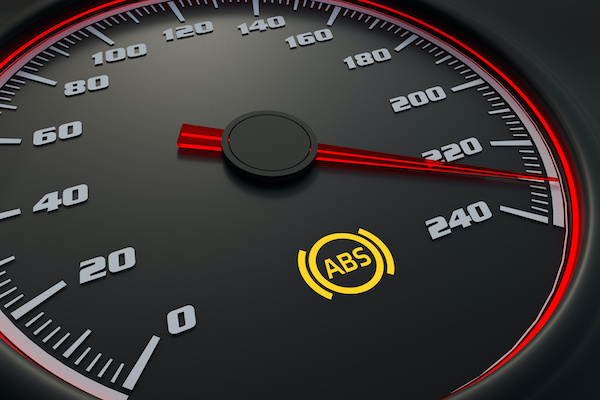Posted on 2/19/2021

Vehicles give off warning signs to us all the time. While you may see them, often we don't know exactly what they mean. Our owner's manual may give us the answer to these signs and alarms, however, we don't often sift through the manual to figure it out. The ABS warning light may be one that you have no idea what it's indicating to you when it appears on your dashboard. The ABS, antilock braking system, is in place to make sure the wheels are all turning at about the same speed. If there is ever an occurrence of a slippery situation the ABS will utilize the brakes to keep the vehicle stable and under control. Anytime the computer senses an abnormal signal from any of the four sensors (one for each tire), the ABS warning light will come on so you're alerted. Whenever you see this light you know something needs your attention. Some things that can be happening when you see the ABS warning light other than monitoring wheel speed include a blown fuse and low brake fl ... read more
Posted on 1/25/2021
.jpeg)
It is imperative to replace the timing belt. But you should choose the right time to do so and a credible shop. While most car owners don't know much about the timing belt, this component plays a crucial role in closing and opening engine valves. That's why if your timing belt starts to show signs of wear and tear, you should visit a mechanic immediately. Worn-out belts prevent your car's engine from working optimally. Even worse, the problem can escalate to more serious engine damage. How do I Know it's Time to Replace my Timing Belt? There are no obvious signs that a timing belt is about to fail. The component can jump or lose teeth without warning. Typically, it is recommended that timing belts should be replaced after every 60,000 and 150,000 miles. However, the duration always varies with the car model and the nature of use. When the engine light starts flashing on the dash, it may be an indicator of a timing belt that's about to fail. Our ... read more